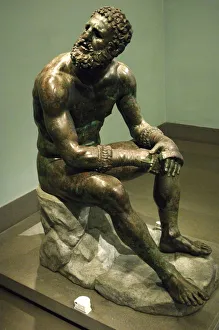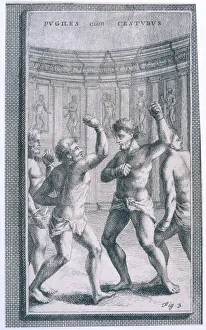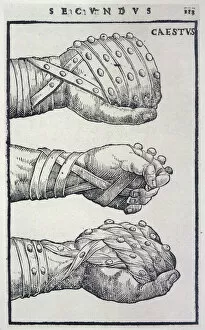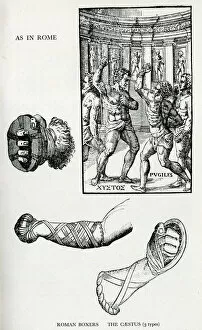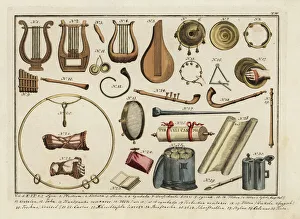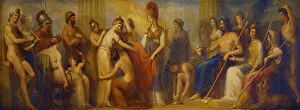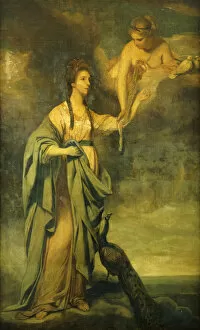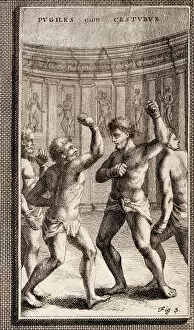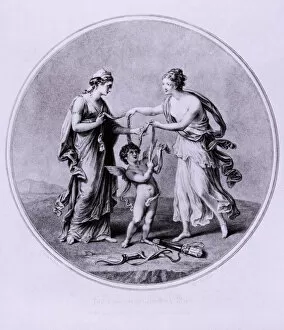Cestus Collection
The Cestus, also known as the Boxer of Quirinal or Terme Boxer, is a fascinating artifact from ancient Rome
All Professionally Made to Order for Quick Shipping
The Cestus, also known as the Boxer of Quirinal or Terme Boxer, is a fascinating artifact from ancient Rome. It represents the sport of boxing in its early form, where athletes would engage in fierce battles wearing leather gloves called cestus. In ancient Roman times, boxing was a popular sport that showcased strength and skill. The cestus played a crucial role in this brutal yet captivating activity. These gloves were made of leather and often had metal studs or spikes embedded on them to maximize damage during punches. Similar to Greek athletes and their tools, Romans embraced the use as an essential part of their sporting culture. Just like classical musical instruments producing harmonious melodies, these gloves produced powerful blows that echoed through the arenas. A famous Roman boxing scene depicts three types being used by competitors with different techniques and strategies. This artwork showcases the diversity within this ancient sport and highlights the significance placed on these unique gloves. The story of Pandora comes to mind when discussing the cestus. In Greek mythology, she was endowed with all gifts by assembled gods - much like how boxers relied on their cesti for protection and victory in combat. Engravings depicting scenes involving cesti have been found throughout history, showcasing their importance even beyond sports. One such engraving portrays Annabella Lady Blake as Juno receiving the Cestus from Venus – symbolizing power bestowed upon individuals through these gloves. Today we can admire four preserved Roman cesti that serve as reminders of this intriguing era. These artifacts provide us with glimpses into an ancient world where Romans engaged in thrilling bouts inside grand arenas while wearing these remarkable pieces of equipment. So let's take a moment to appreciate not just the physicality but also the symbolism behind ROMANS BOXING with their trusty companions -the mighty Cesti.

